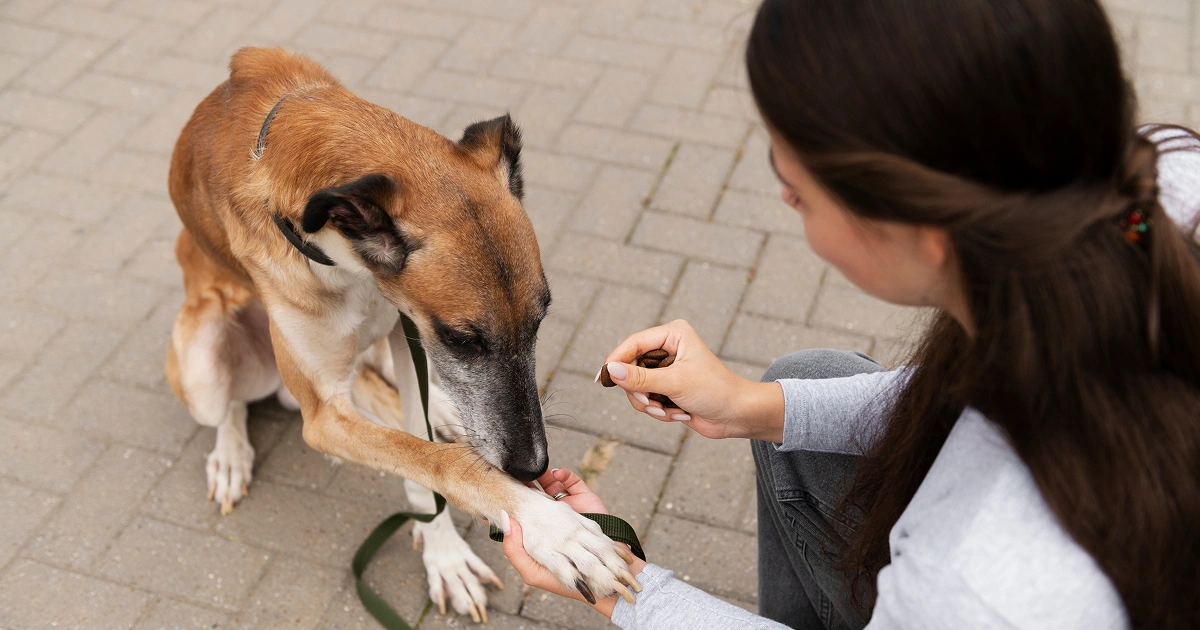
Did you know that dogs can develop diabetes much like humans do? They also rely on their pancreas to secrete insulin and help keep blood sugar in check. If this process is interrupted, your dog may develop diabetes. They may or may not require insulin depending on the severity of the disease and how well it can be managed through diet and exercise.
Since your dog can’t tell you in words when they’re not feeling well, it’s up to you to pay attention to symptoms that are out of the ordinary for your pet. Some common warning signs of diabetes in dogs include:
- Excessive thirst
- Increased urination
- Unexplained weight loss
- Increased appetite
If your dog is displaying these symptoms, schedule an exam with their veterinarian. The veterinarian can assess their health, and if they do have diabetes, create a plan for managing their care.
Common Strategies for Managing Diabetes in Dogs
There are several simple changes you can implement to help keep your dog’s diabetes in check.
Develop a schedule. Consistency is key for maintaining stable blood sugar and reducing risk of hypoglycemia. Decide what time each morning and evening you will feed your dog, and stick to it. They should eat at the same time each day, ideally 12 hours apart.
You’ll also want to regulate their exercise. Too much physical exertion can cause their blood sugar to drop, while not enough can make it spike. Take walks around the same time each day, and for the same length of time. Try to keep their exercise moderate but consistent.
Control their diet. Just like humans need to manage their diet when dealing with diabetes, the same applies to dogs. You’ll want to choose a food that is high in protein, low in carbs, and provides essential nutrients. Read the labels and talk to your veterinarian about the best type and amount of food to meet your dog’s needs. If they should only get one cup of food at each meal, use a measuring cup instead of trying to eyeball it.
You can also swap out treats that are potentially high in sugar and carbs for healthier options such as broccoli, cauliflower, cucumber, and snap peas. They provide nutrients and fiber without a lot of carbs or calories. Avoid giving your dog scraps from the table so they are only eating the meals and snacks that are recommended. This can also help with weight management, as obesity can put your dog at greater risk for diabetes complications.
Administer insulin. If your dog requires insulin injections, you will want to develop a routine for that as well. You’ll need to monitor their glucose levels throughout the day and know what dosage of insulin they require. Your veterinarian can teach you how to do all of this. Decide who in your family will be responsible for managing your dog’s insulin so there is no confusion or missed doses.
If you’re going out of town, your dog will still need the same level of care they receive at home. Boarding them can give you peace of mind that their needs are being met and trusted caregivers are watching over them. The team at Lake Wylie Pet Resort can keep your dog on their schedule so they stay healthy while you’re away. Contact us today to book your dog’s next stay!




